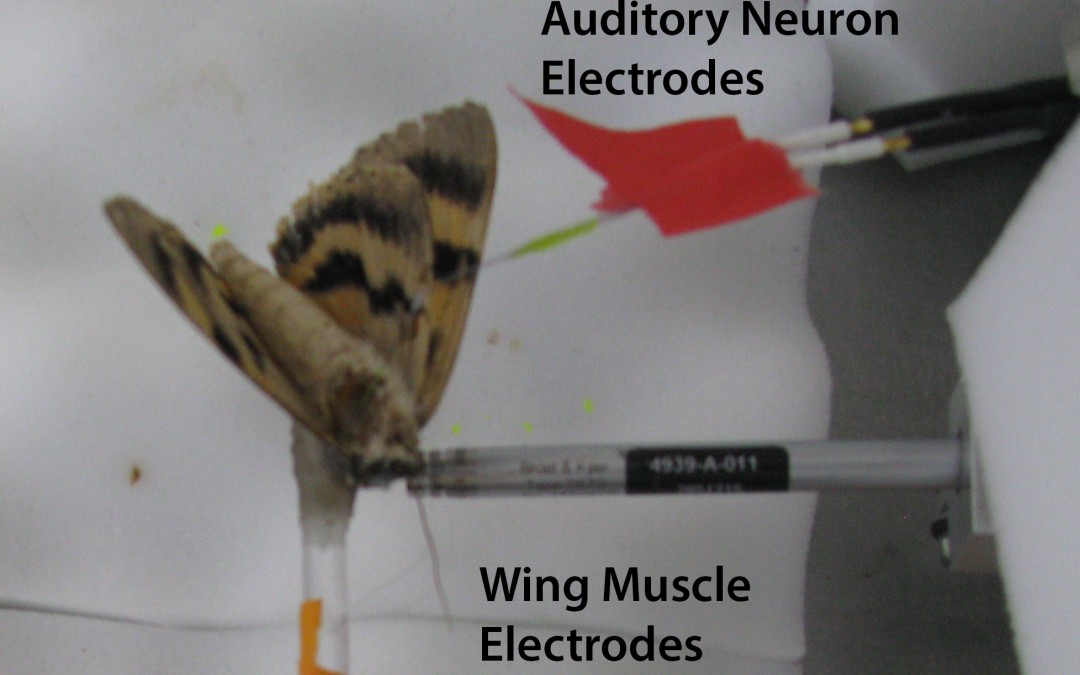
by Shira | Feb 2, 2018
Abstract: Animals co-occur with multiple predators, making sensory systems that can encode information about diverse predators advantageous. Moths in the families Noctuidae and Erebidae have ears with two auditory receptor cells (A1 and A2) used to detect the...

by Shira | Oct 9, 2016
Insects display signs of ageing, despite their short lifespan. However, the limited studies on senescence emphasize longevity or reproduction. We focused on the hearing ability of ageing adult locusts, Schistocerca gregaria. Our results indicate that the youngest...

by Shira | Jun 6, 2014
Whilst renowned for exceptional mechanical properties, [ 1 ] little is known about the sonic properties of silk. This is surprising given its widespread use by the spider for remote sensing and communication, as well as current industrial research efforts in the...

by Shira | Mar 15, 2012
Sound is abundant in the environment, often creating ‘‘noise’’ that interferes with animal communication. Animals cope with acoustic interference in a variety of ways, including raising their signal volume (the Lombard effect), changing the pattern, frequency or...






Recent Comments